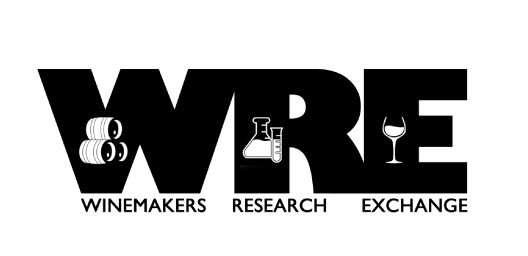Comparing precision, accuracy and cost of titratable acidity testing in the small winery using multiple methods (2024)
Joy Ting & Rebecca Rainbow
Titratable acidity (TA), alongside pH, is an essential parameter for winemakers to assess the risk of over-acidulation and to better understand the sensory impact of malolactic fermentation, particularly in red wines. In 2024, the WRE evaluated TA testing methods accessible to small and medium-sized commercial wineries, focusing on precision, accuracy, ease of use, and cost. Three methods were compared: manual titration using a burette, the HANNA Instruments benchtop automated titrator, and the Sentia Wine Analyzer. Wine and juice samples were submitted to ETS Laboratories for reference analysis, against which the testing methods were evaluated. While each method had its strengths and limitations, the Sentia Wine Analyzer provided the most accurate average results across replicate runs and was also the quickest and easiest to operate. The manual titration method was the most cost-effective but required the highest level of winemaker involvement. The HANNA titrator offered a middle ground in terms of time, cost, and accuracy.
For more information and results, please see the report below.
